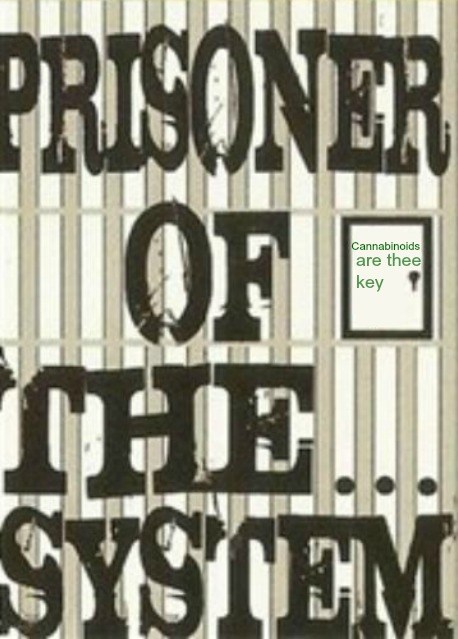Mechanisms Of Cannabidiol Neuroprotection In Hypoxic-Ischemic Newborn Pigs: Role Of 5HT1A And CB2 Receptors.
Source
Experimental Unit, Pediatric Department, University Hospital Puerta de Hierro Majadahonda, 28222-Madrid, Spain.
Abstract
The mechanisms underlying the neuroprotective effects of cannabidiol (CBD) were studied in vivo using a hypoxic-ischemic (HI) brain injury model in newborn pigs. One-to-two day-old piglets were exposed to HI for 30 minutes by interrupting carotid blood flow and reducing the fraction of inspired oxygen to 10%. Thirty minutes after HI, the piglets were treated with vehicle (HV) or 1 mg/kg CBD, alone (HC) or in combination with 1 mg/kg of a CB2 receptor antagonist (AM630) or a serotonin 5HT1A receptor antagonist (WAY100635). HI decreased the number of viable neurons and affectedthe amplitude-integrated EEG background activity as well as different prognostic proton-magnetic-resonance-spectroscopy (H±-MRS)-detectable biomarkers (lactate/n-acetylaspartate and n-acetylaspartate/choline ratios). HI brain damage was also associated with increases in excitotoxicity (increased glutamate/N-acetylaspartate ratio), oxidative stress (decreased gluthatione/creatine ratio and increased protein carbonylation) and inflammation (increased brain IL-1 levels). CBD administration after HI prevented all these alterations, although this CBD-mediated neuroprotection was reversed by co-administration of either WAY100635 or AM630, suggesting the involvement of CB2 and 5HT1A receptors. The involvement of CB2 receptors was not dependent on a CBD-mediated increase in endocannabinoids. Finally, bioluminescence resonance energy transfer studies indicated that CB2 and 5HT1A receptors may form heteromers in living HEK-293T cells. In conclusion, our findings demonstrate that CBD exerts robust neuroprotective effects in vivo in HI piglets, modulating excitotoxicity, oxidative stress and inflammation, and that both CB2 and 5HT1Areceptors are implicated in these effects.
Copyright © 2013. Published by Elsevier Ltd.


